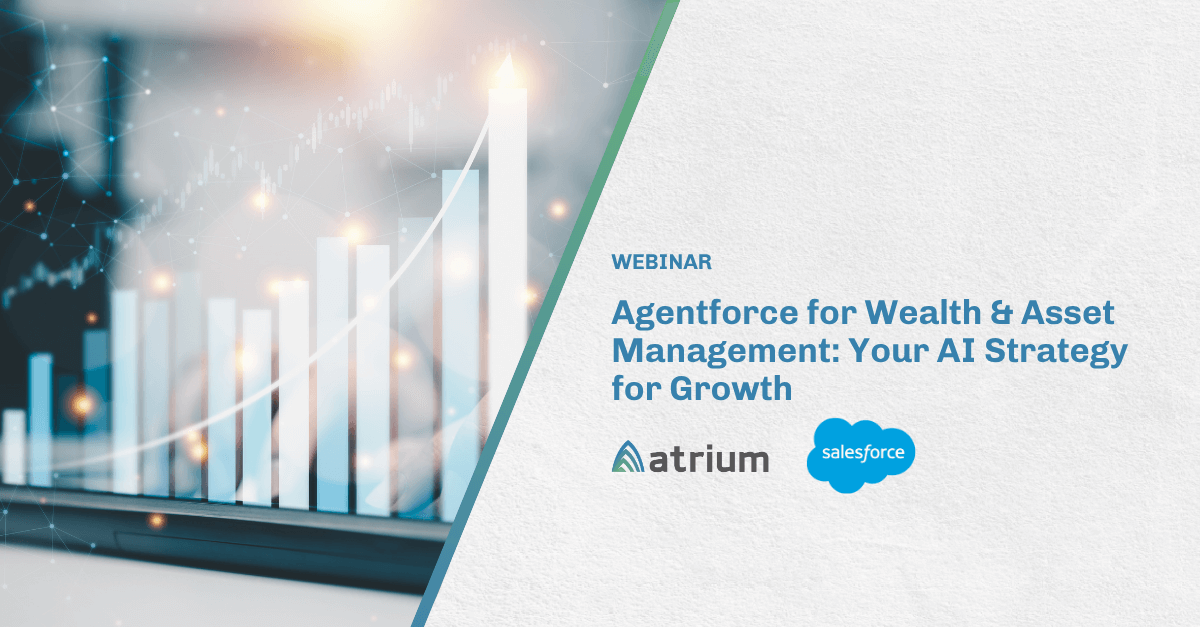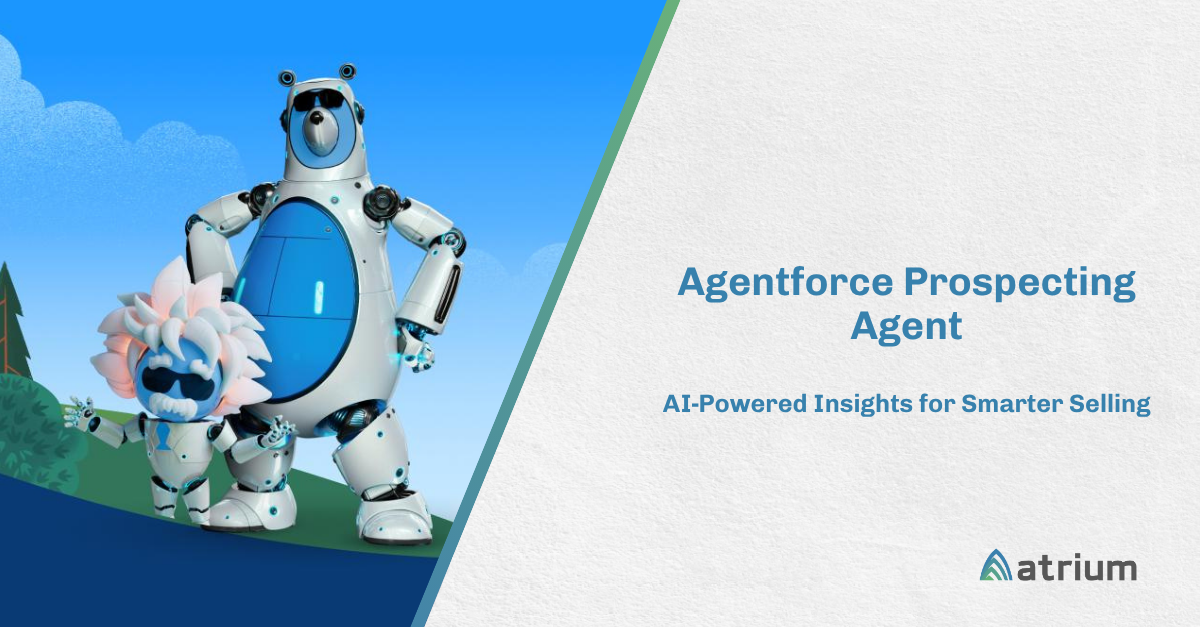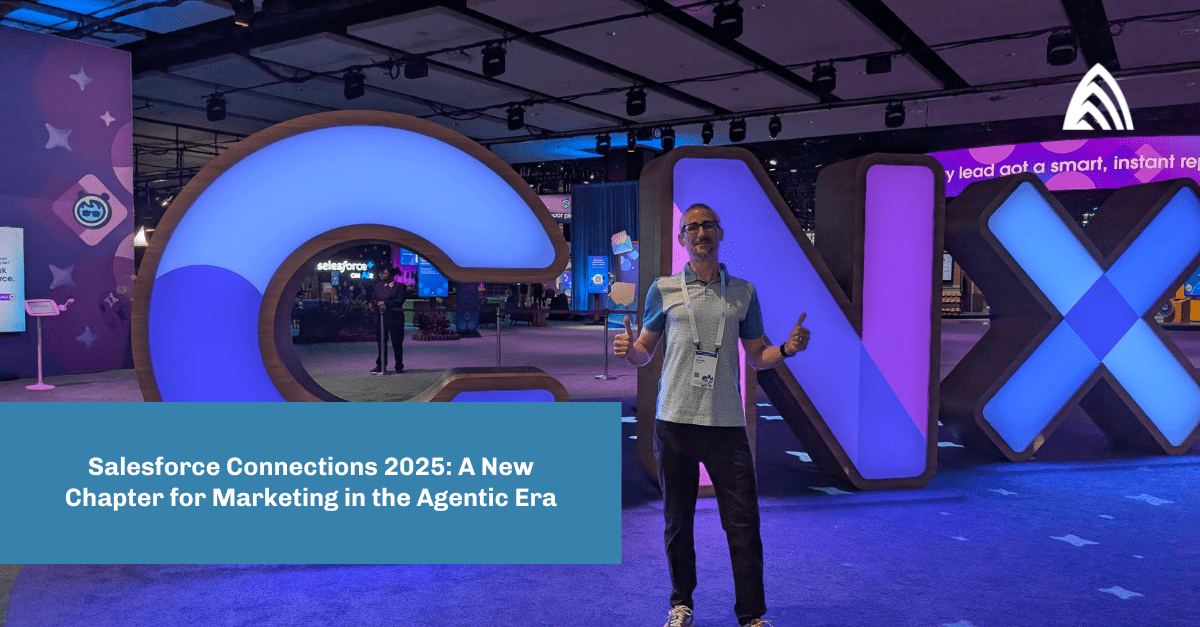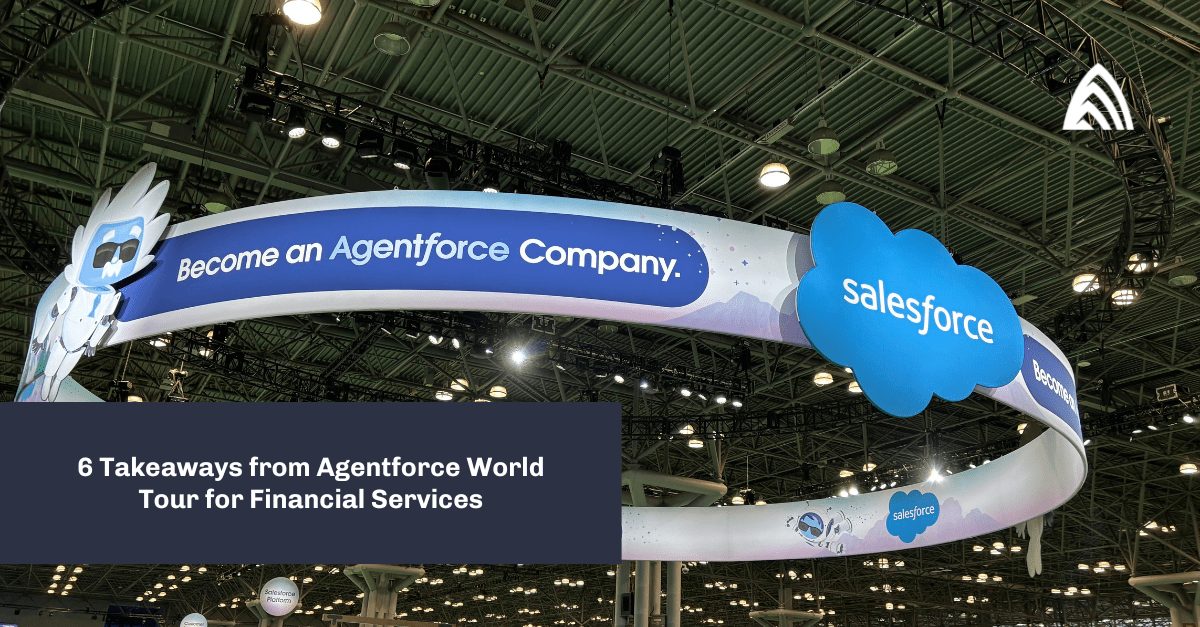The financial services industry is always looking for better ways to engage clients and create a unique, personalized experience and meaningful financial health insights. In order to strengthen those relationships and increase customer loyalty, those organizations are turning to the power of AI. We sat down with Laura Koch, Atrium’s VP of Customer Engagement, to discuss the latest in financial services and where customers are using AI and machine learning to engage, grow, and deepen client relationships.
You have a lot of experience in the financial services industry. What are the current trends are you seeing and where are organizations focusing their efforts?
Many financial institutions continue on the path of risk and compliance-related AI models, such as fraud detection, compliance lending, cybersecurity, etc. Others have turned to virtual assistance and chatbots for more self-service options for routine transactions and servicing. The emerging trend now is a push to enable Relationship Managers, actual people, with meaningful and impactful insights about their book of business to drive engagement. Traditionally, Relationship Managers have been very reactive, responding when their clients reach out to them. The proactive engagement was primarily dependent on mass marketing messages. However, with the surge in Fintech companies, financial institutions need to have their Relationship Managers truly drive the “relationship” in order to maintain loyal clients. It is not enough to have data about their clients, they need to have “insights” on how they can grow their existing book of business and drive the relationship.
How is machine learning and AI playing a part in the evolution of the financial industry?
We see a lot of AI already implemented with consumer-facing banking apps – sending notifications such as “insufficient funds to cover transactions,” or analytics of past purchase behavior. This is widely adopted and in fact, expected by consumer banking customers. But what about a client’s wealth accounts, mortgage, home equity loan, annuities, insurance policies, benefit plans, etc? The systems and processes for managing these financial products are not as AI-enabled for consumption by the client. It is up to the Relationship Manager to understand the performance and considerations of these financial products and to advise their clients accordingly. But with all of this data over large books of business, how do Relationship Managers prioritize? As a result, many clients feel largely ignored by their financial institutions. Relationship Managers only engage at renewal time, if that. This leads to negative consequences such as account diminishment, loss of future wallet share, and even attrition. Clients are expecting to have the same insight provided on their whole portfolio, not just their mobile banking app.
How are AI and machine learning helping financial institutions improve business?
It all starts with creating insights for the Relationship Managers to prioritize their engagement across their book of business. This can be in the form of both analytics and AI/ML scoring models. This combination allows Relationship Managers to quickly understand their book by client segmentation, and within each segment, to understand the opportunities to further acquisition, growth, and retention goals. Insights to the questions listed below, for example, then drive their engagement with their clients and client households.
- What leads and referrals are the most likely to be a new client?
- What centers of influence are driving the most business for me? What are the next potential COIs to drive future business?
- What relationships do my clients have (attorneys, beneficiaries, business partners) that may also be targets for our financial services?
- Where are there opportunities within my book to deepen wallet share with additional, relevant products and services?
- What is the most relevant next product or service for my client?
- What clients in my book may benefit from other lines of business offered by my overall financial institution?
- What customers are most at risk for account diminishment and how should I engage with them in a meaningful manner?
AI/ML based propensity models facilitate the answers to these questions by presenting a score to the Relationship Managers. These models use data from CRM systems, back end production transaction systems, marketing systems, and even external data sources. Some financial institutions have created models using standard AI/ML solutions, but have struggled to implement and operationalize the model, realizing the difficulty for users to understand the meaning of the score and to be able to action it accordingly. In contrast, financial institutions using Salesforce.com and it’s embedded analytics and AI/ML platform, Einstein, are able to quickly deploy, expose the insights to “why” the model scored, and to drive action where the Relationship Managers work.
Have there been any big “Ah-ha” moments from customers when looking to AI and ML?
The AI/ML model insights, in combination with other client information, can script and guide a relationship manager’s engagement with their client. Rules can be set up to recommend the next conversation for both products and service and engagement. This guidance leads to a more consistent experience across clients. And guess what, risk and compliance love consistency. Yes, risk and compliance can actually help you get your AI/ML initiatives approved. We recommend to all our customers to involve risk and compliance early and often in the AI/ML effort. Model transparency is key to understanding the data and correlations driving the model. Once risk and compliance understand how the model is developed, they understand how to map to regulatory considerations. And when they understand the insights exposed to the relationship managers, they understand the procedures that can be automated for client engagement. Platforms like Salesforce.com’s Einstein provide this level of transparency, and present it in a way that is both consumable for risk and compliance teams and actionable for relationship managers.
What are you excited about when looking at the future of Fins?
I am personally excited for the consumer. As a banking consumer myself, having my relationship manager proactively understand my financial needs, the timing of those needs, and his or her ability to make the right recommendations for my goals — makes for a trusted relationship, something I do not mind paying fees for. Highly personalized, value-based customer engagement is a night and day improvement from the generic spray of email/mailer marketing tactics flooding my inbox, or the impersonal phone call reaching out to say that they are available should I need anything. An individualized, value-added management of my financial goals is something that would make me a customer for life – across all my financial needs and life events. Additionally, this level of personalized service and loyalty would motivate me to start my children on that same path, with that same financial institution.
Ready to get started? Learn more about Atrium’s data science and AI solutions.








